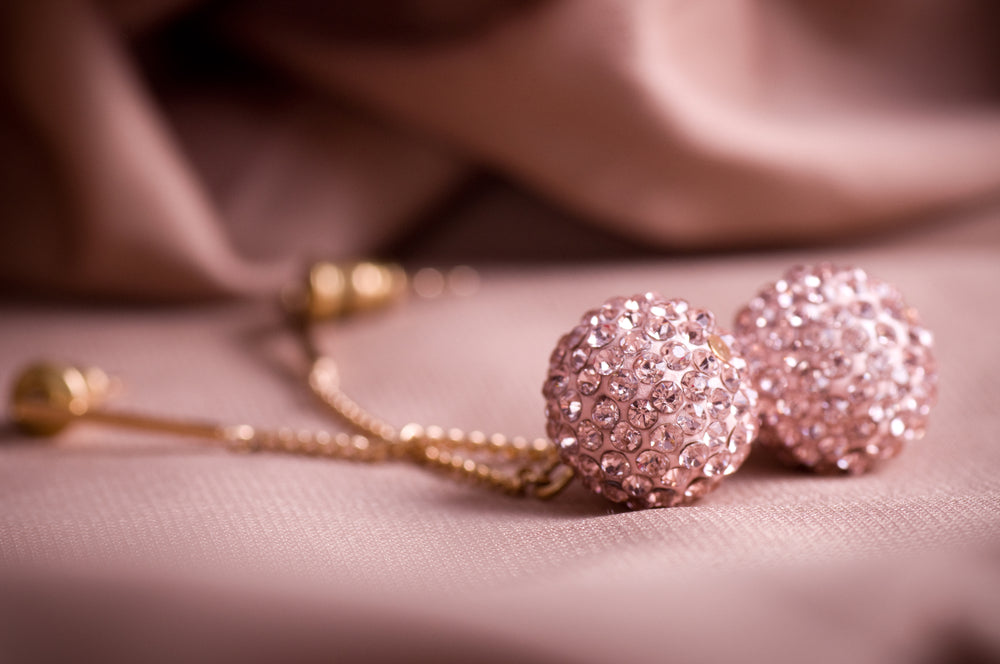Why Fancy Colored Diamonds Are an Investment and Low-Quality Diamonds Are Not

Diamonds have long been a symbol of luxury, beauty, and wealth. But not all diamonds are created equal, and when it comes to investing in these precious stones, the quality and characteristics of the diamond can significantly impact its value and potential for appreciation. In this blog, we will explore why fancy colored diamonds are considered a valuable investment, and why low-quality diamonds are generally not worth your money.
The Appeal of Fancy Colored Diamonds
Understanding Fancy Colored Diamonds
Fancy colored diamonds are diamonds that exhibit a color other than the traditional white or near-colorless hues. These diamonds are graded based on their color, including hue, tone, and saturation, which contribute to their unique and captivating appearance. Unlike traditional white diamonds, which are valued primarily for their clarity and cut, fancy colored diamonds are prized for their color intensity and rarity.
The Rarity Factor
One of the key reasons fancy colored diamonds are considered a valuable investment is their rarity. The supply of these diamonds is limited compared to traditional white diamonds. For instance, diamonds with vivid blue, pink, or green hues are significantly rarer than their colorless counterparts. This rarity creates a high demand among collectors and investors, driving up their market value.
Color as a Value Determinant
The value of fancy colored diamonds is largely determined by their color. The more intense and pure the color, the higher the value. For example, a diamond with a deep blue or vibrant pink hue will command a higher price than a diamond with a lighter or less intense color. The grading of color in fancy colored diamonds follows a different scale compared to white diamonds, focusing on the richness and depth of the color.
Investment Potential of Fancy Colored Diamonds
Historical Appreciation
Fancy colored diamonds have demonstrated impressive historical appreciation in value. Over the past few decades, the prices of these diamonds have steadily increased, often outperforming other investment assets. Their unique characteristics and limited supply contribute to their growing demand among investors. As a result, fancy colored diamonds have become a sought-after asset in the world of high-end investments.
Portfolio Diversification
Investing in fancy colored diamonds offers diversification benefits for an investment portfolio. Traditional assets like stocks and bonds can be volatile, but tangible assets like diamonds can provide stability and potential for growth. Fancy colored diamonds, with their intrinsic value and rarity, can act as a hedge against economic uncertainty and market fluctuations.
Market Demand and Trends
The market demand for fancy colored diamonds continues to rise, driven by their increasing popularity among collectors and investors. High-profile sales at auction houses and strong interest from affluent buyers contribute to the upward trajectory of their prices. As trends shift towards unique and personalized investments, fancy colored diamonds are increasingly seen as a desirable asset.
Why Low-Quality Diamonds Are Not Worth the Investment
Understanding Low-Quality Diamonds
Low-quality diamonds are generally characterized by their lack of clarity, poor cut, and undesirable color. These diamonds often exhibit significant inclusions, low brilliance, and a yellow or brownish tint. Unlike high-quality diamonds, which are graded for their exceptional characteristics, low-quality diamonds fail to meet the standards required for high value.
Limited Investment Potential
Low-quality diamonds have limited investment potential due to their poor characteristics. These diamonds are often sold at a lower price point and have little chance of significant appreciation in value. The market for low-quality diamonds is less active, and their resale value is typically much lower compared to higher-quality diamonds.
Lack of Market Demand
The demand for low-quality diamonds is generally low compared to their high-quality counterparts. Collectors and investors seek diamonds with exceptional color, clarity, and cut, which are attributes that low-quality diamonds lack. As a result, low-quality diamonds do not attract the same level of interest and can be challenging to sell at a profitable price.
Depreciation Risks
Investing in low-quality diamonds carries a higher risk of depreciation. Unlike high-quality diamonds, which can appreciate in value over time, low-quality diamonds are more likely to lose value. The factors contributing to their low quality, such as poor cut and color, make them less desirable in the market, leading to potential financial losses for investors.
The Importance of High-Quality Diamonds
Characteristics of High-Quality Diamonds
High-quality diamonds are those that exhibit exceptional clarity, cut, and color. These diamonds are often certified by reputable gemological institutions and are graded according to the 4 Cs: Carat weight, Cut, Color, and Clarity. High-quality diamonds are valued for their brilliance, fire, and overall visual appeal.
Investment Value
High-quality diamonds are considered a sound investment due to their potential for appreciation. Their superior characteristics make them highly sought after in the market, leading to increased demand and higher prices. Investors who choose high-quality diamonds can benefit from their long-term value and potential for growth.
Market Stability
Investing in high-quality diamonds provides a level of market stability. Unlike low-quality diamonds, which may experience fluctuations in value, high-quality diamonds tend to retain their worth and appreciate over time. Their desirability among collectors and investors contributes to a more stable and predictable market.
Conclusion
Fancy colored diamonds offer a unique and valuable investment opportunity due to their rarity, historical appreciation, and market demand. Their distinct characteristics and limited supply contribute to their high value and potential for growth. In contrast, low-quality diamonds lack the attributes necessary for significant appreciation and are generally not considered a worthwhile investment. When investing in diamonds, focusing on high-quality options ensures a more secure and potentially profitable asset.
By understanding the differences between fancy colored diamonds and low-quality diamonds, investors can make informed decisions and maximize their investment potential. Fancy colored diamonds stand out as a valuable and intriguing asset in the world of high-end investments, offering both beauty and financial reward.
Need Quality Jewelry Near You?
Here at Ichraqs Jewelry, we’re passionate about crafting pieces that reflect your unique taste and commitment to responsible luxury. Whether you’re looking to celebrate a special occasion or simply indulge in something timeless, we invite you to explore our exquisite collection. Reach out to us today, and let us help you find the perfect piece that will not only elevate your style but also resonate with the values you hold dear. Your journey into the world of authentic, enduring luxury begins with Ichraqs Jewelry—where exceptional quality meets extraordinary people.


